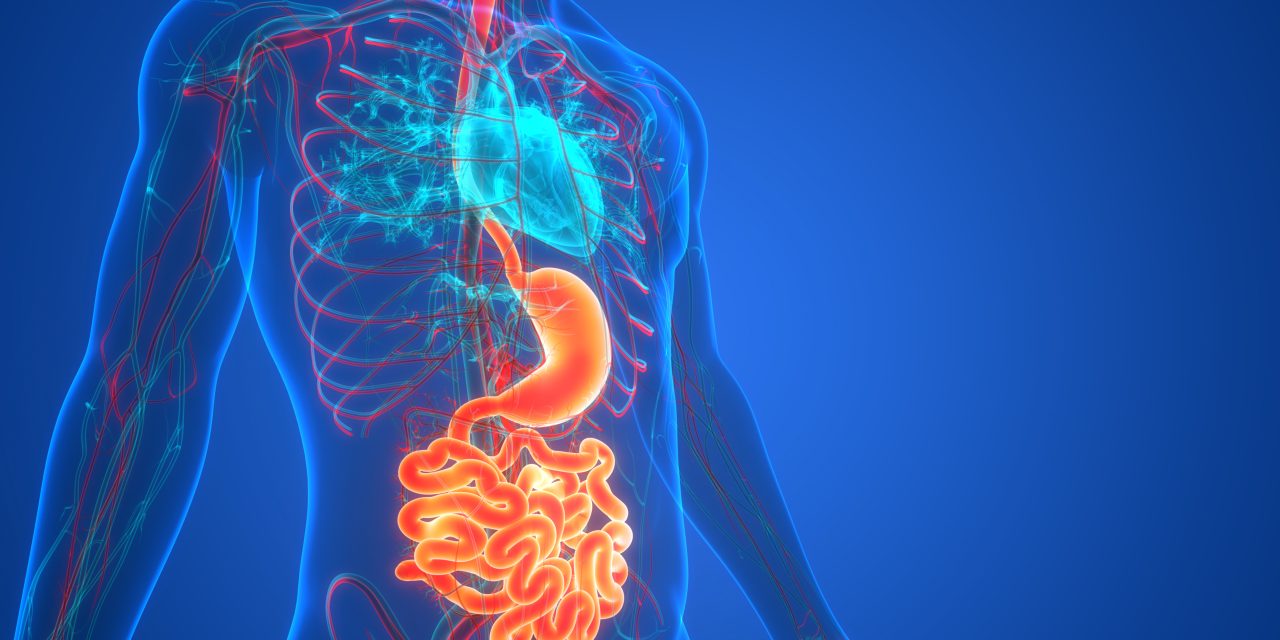This manuscript includes (1) a narrative review of Zinc as an essential nutrient for fetal and neonatal growth and brain growth and development and (2) a scoping review of studies assessing the effects of Zinc supplementation on survival, growth, brain growth, and neurodevelopment in neonates. Very preterm infants and small for gestational age infants are at risk for Zinc deficiency. Zinc deficiency can cause several complications including periorificial lesions, delayed wound healing, hair loss, diarrhea, immune deficiency, growth failure with stunting, and brain atrophy and dysfunction. Zinc is considered essential for oligodendrogenesis, neurogenesis, neuronal differentiation, white matter growth, and multiple biological and physiological roles in neurobiology. Data support the possibility that the critical period of Zn delivery for brain growth in the mouse starts at 18 days of a 20-21-day pregnancy and extends during lactation and in human may start at 26 weeks of gestation and extend until at least 44 weeks of postmenstrual age. Studies are needed to better elucidate Zn requirement in extremely low gestational age neonates to minimize morbidity, optimize growth, and brain growth, prevent periventricular leukomalacia and optimize neurodevelopment. IMPACT: Zinc is essential for growth and brain growth and development.In the USA, very preterm small for gestational age infants are at risk for Zinc deficiency.Data support the possibility that the critical period of Zinc delivery for brain growth in the mouse starts at 18 days of a 20-21-day pregnancy and extends during lactation and in human may start at 26 weeks’ gestation and extend until at least 44 weeks of postmenstrual age.Several randomized trials of Zinc supplementation in neonates have shown improvement in growth when using high enough dose, for long duration in patients likely to or proven to have a Zinc deficiency.Studies are needed to better elucidate Zinc requirement in extremely low gestational age neonates to minimize morbidity, optimize growth, and brain growth, prevent periventricular leukomalacia and optimize neurodevelopment.
Role of zinc in neonatal growth and brain growth: review and scoping review.


